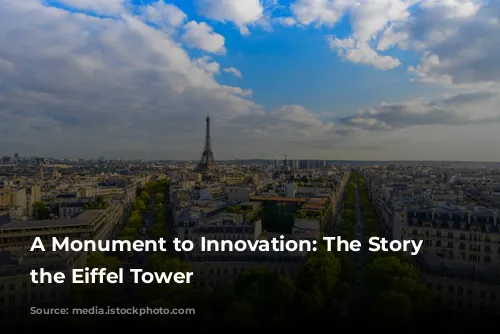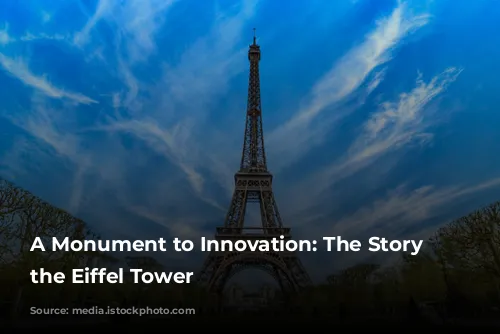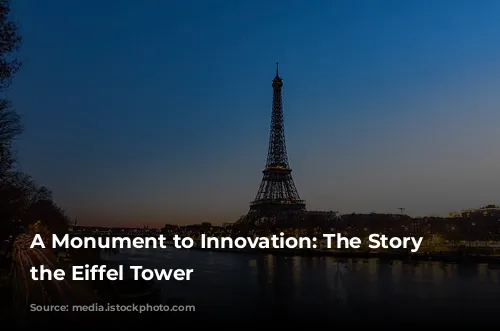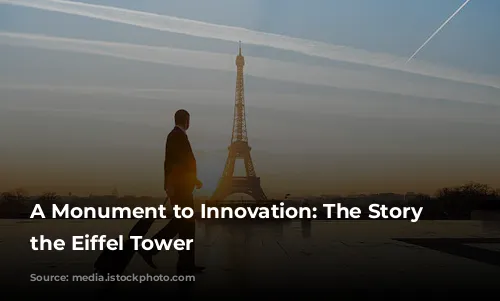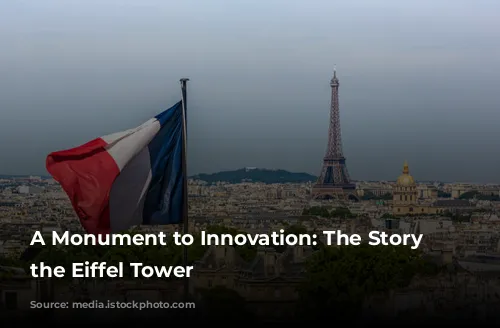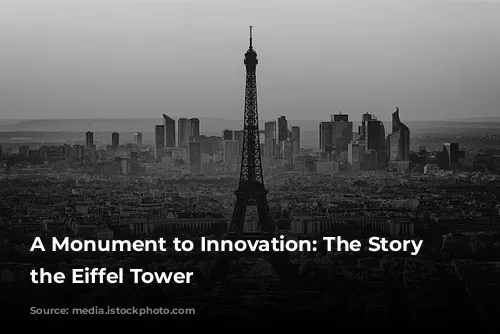The Eiffel Tower, a symbol of Paris and a global icon, has a fascinating history that goes beyond its breathtaking beauty. The tower’s story began in 1889, when Paris hosted a World’s Fair to celebrate the 100th anniversary of the French Revolution. The event was a grand celebration of human ingenuity, and organizers sought a striking entrance to captivate visitors.
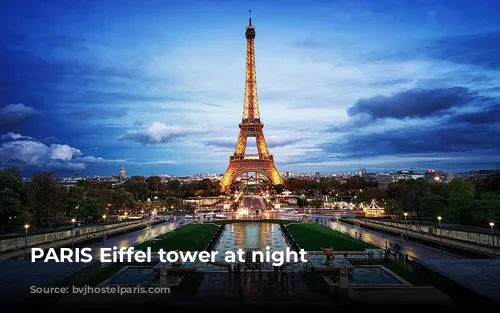
A Tower Takes Shape
Over 100 artists submitted designs for a monument to stand on the Champ-de-Mars, a vast open space in the heart of Paris. The commission was awarded to Eiffel et Compagnie, a construction firm led by the renowned engineer Alexandre-Gustave Eiffel. While Eiffel is often credited with the tower’s creation, it was actually Maurice Koechlin, one of Eiffel’s employees and a brilliant structural engineer, who conceived the original design. The pair had previously collaborated on the Statue of Liberty’s metal framework, demonstrating their shared expertise in metal construction.

A Vision Takes Flight
Eiffel, known for his love of elegant details, refined Koechlin’s initial concept, adding elaborate flourishes. The final design was a marvel of engineering, requiring over 18,000 pieces of wrought iron and 2.5 million rivets. Hundreds of workers toiled for two years to assemble the tower’s intricate latticework, culminating in a structure that stood almost 1,000 feet tall, making it the tallest building in the world at the time. The tower’s inauguration in March 1889 marked a significant moment in architectural history.
Controversial Beauty
Despite its impressive stature, the Eiffel Tower faced criticism from some Parisians who found it visually jarring and questioned its structural integrity. The renowned novelist Guy de Maupassant, known for his sharp wit and satirical observations, is said to have disliked the tower so intensely that he would eat lunch in the restaurant at its base—the only place in the city where he could completely avoid its imposing presence.
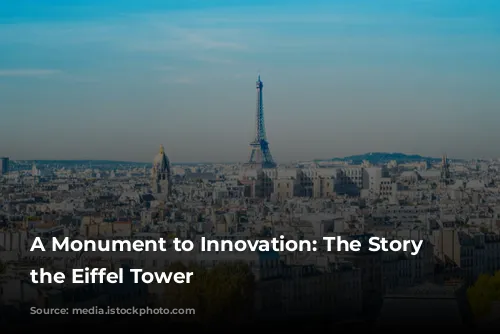
A Legacy of Resilience
Originally envisioned as a temporary exhibit for the World’s Fair, the Eiffel Tower was almost dismantled in 1909. However, city officials recognized its potential as a radiotelegraph station and saved it from demolition. The tower played a crucial role during World War I, intercepting enemy radio communications and relaying important information. It was also used to dispatch emergency troop reinforcements, proving its strategic value. During World War II, the tower once again narrowly escaped destruction. Hitler, initially intending to demolish this iconic symbol of Paris, never carried out the order.
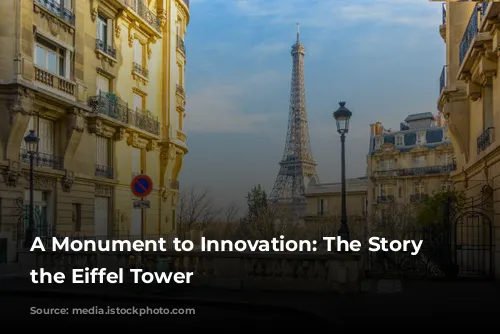
A Global Icon
Over the years, the Eiffel Tower has hosted countless events, from scientific experiments to high-profile stunts, solidifying its position as a global symbol of innovation and resilience. In 1911, German physicist Theodor Wulf conducted an experiment at the tower’s summit, observing the effects of cosmic rays, a discovery that revolutionized our understanding of the universe. The tower’s enduring legacy has also inspired numerous replicas and similar structures around the world, reflecting its undeniable cultural impact.
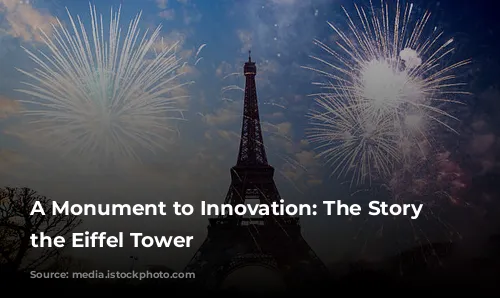
A Timeless Treasure
Today, the Eiffel Tower remains one of the most visited monuments in the world, welcoming over 7 million people each year. The tower undergoes regular maintenance and a thorough repaint every seven years, ensuring its continued magnificence for future generations. The Eiffel Tower is more than just a structure; it is a testament to human creativity, a reminder of the triumph of innovation and a symbol of hope and endurance.

